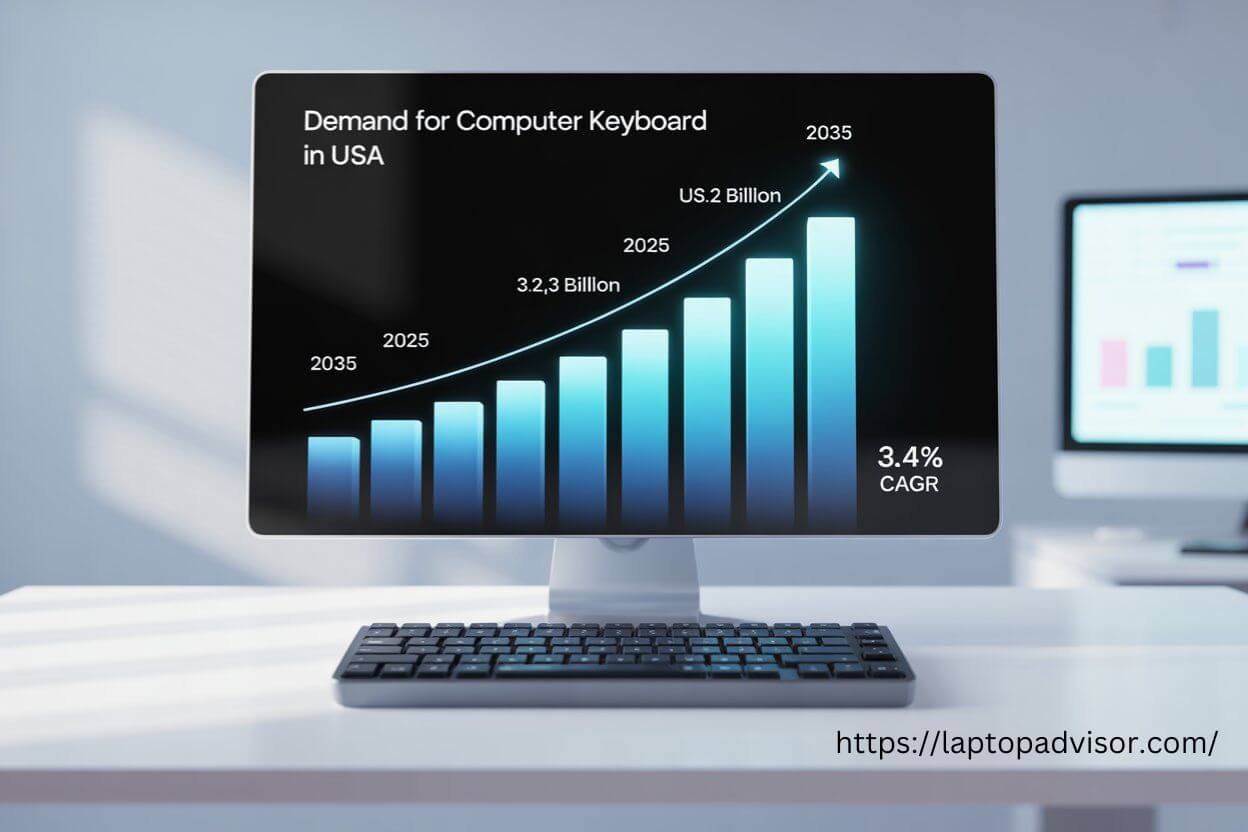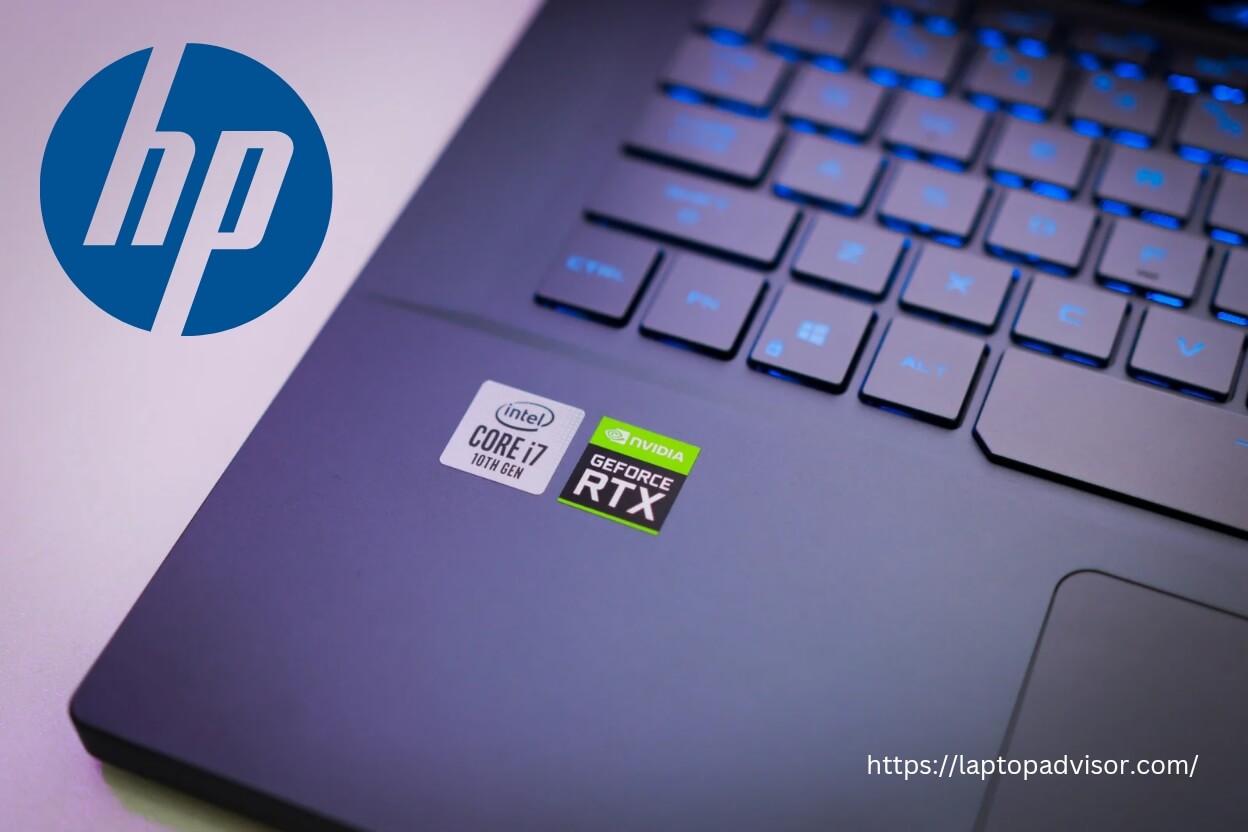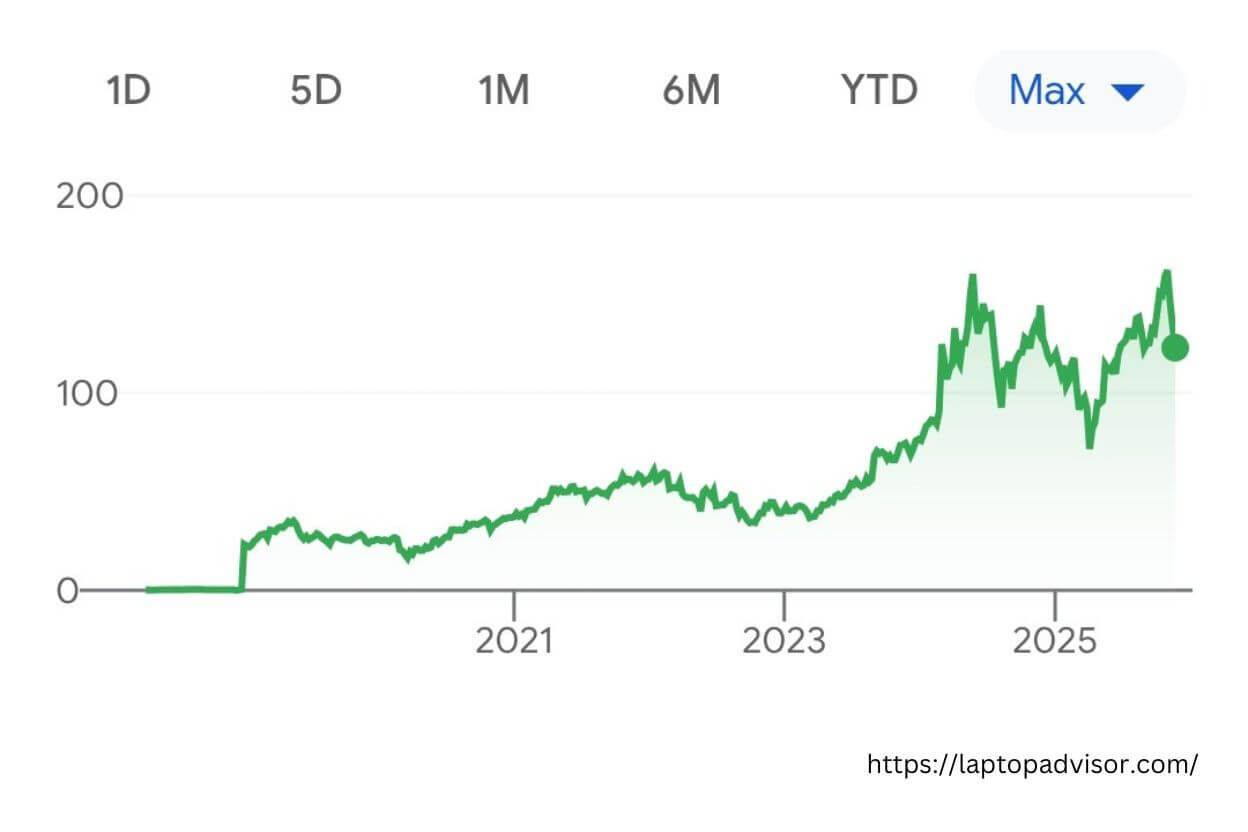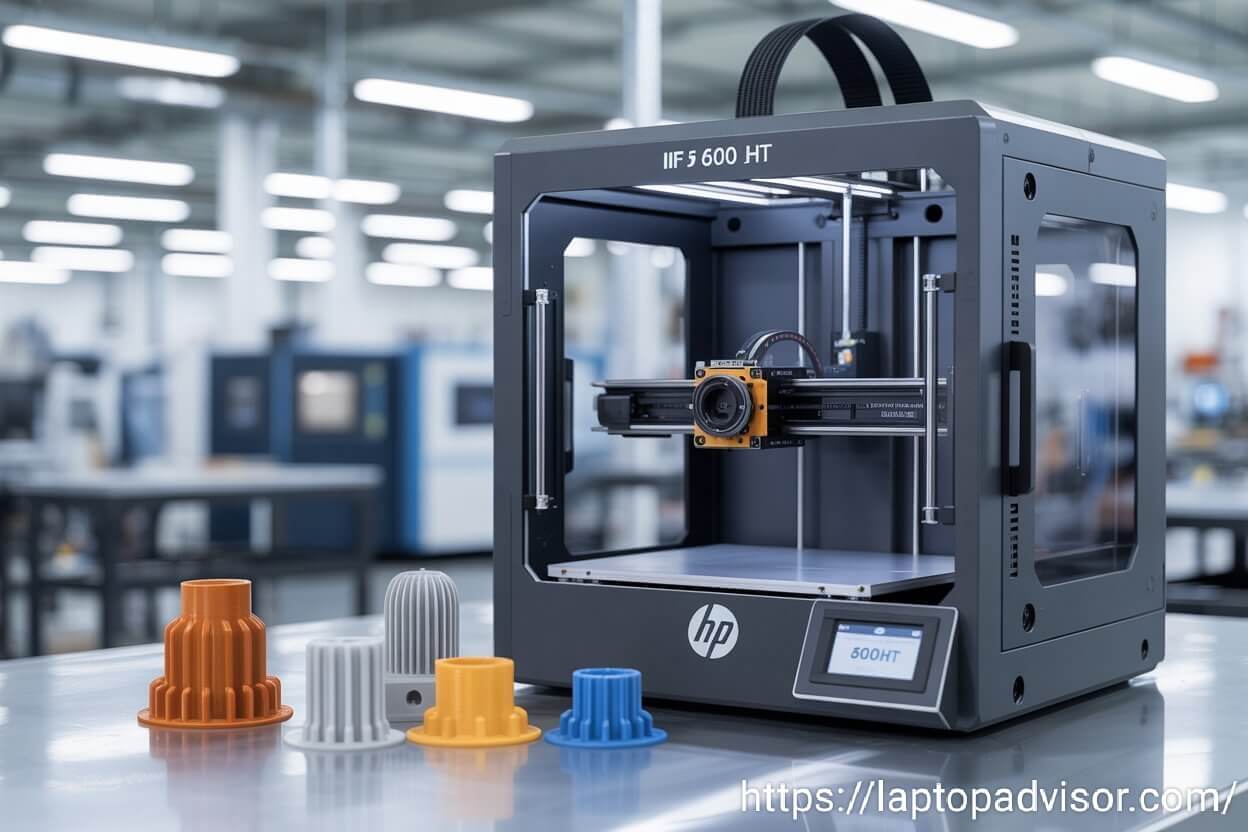The demand for computer keyboards in the United States is expected to increase from USD 2.3 billion in 2025 to USD 3.2 billion by 2035, reflecting a CAGR of 3.4%. Standard keyboards will remain the leading product category, accounting for 55.2% of the market. On the end-user side, individuals and consumers will dominate the segment with a 42.6% market share.
The USA computer keyboard market is poised for consistent expansion over the next decade, rising from an estimated USD 2.3 billion in 2025 to USD 3.2 billion by 2035, according to new industry projections. This growth reflects a compound annual growth rate (CAGR) of 3.4%, highlighting sustained demand for both consumer and enterprise keyboard technologies.
Analysts attribute the upward trend to several key factors, including the rapid adoption of remote and hybrid work models, increased PC accessory upgrades, and the growing popularity of specialized keyboards among gamers and professionals. Mechanical keyboards—once a niche segment—continue to gain traction due to their durability and customizable features, while wireless and ergonomic designs are becoming essential for productivity-focused consumers.
The enterprise sector is also expected to play a substantial role in market expansion. With companies prioritizing employee comfort and efficiency, demand for ergonomic and high-performance input devices is expected to rise steadily. Additionally, advancements in materials, backlighting technology, and low-latency wireless connectivity are driving consumers to upgrade more frequently than in previous years.
Despite the positive outlook, analysts note that the market remains competitive, with manufacturers facing pricing pressure from low-cost imports. However, brands offering premium features and long-term reliability are likely to capture higher market share as user expectations evolve.
If the forecast holds, the U.S. keyboard industry will continue to demonstrate resilience and innovation, supporting a diverse range of consumer needs—from casual users to professional creators and esports athletes—well into 2035.






